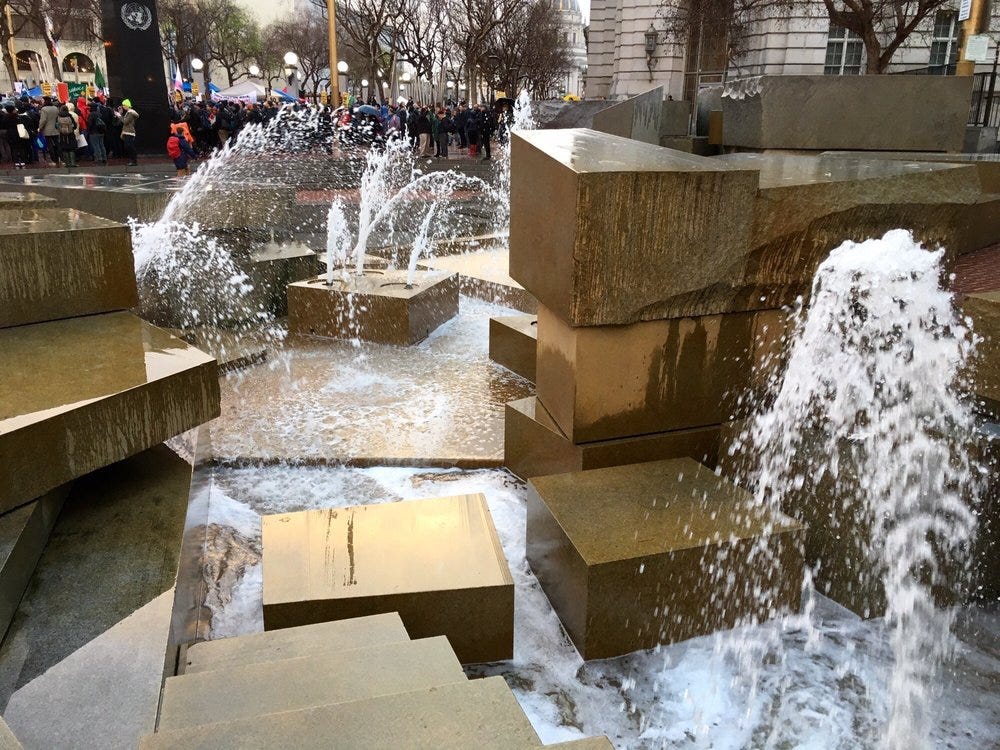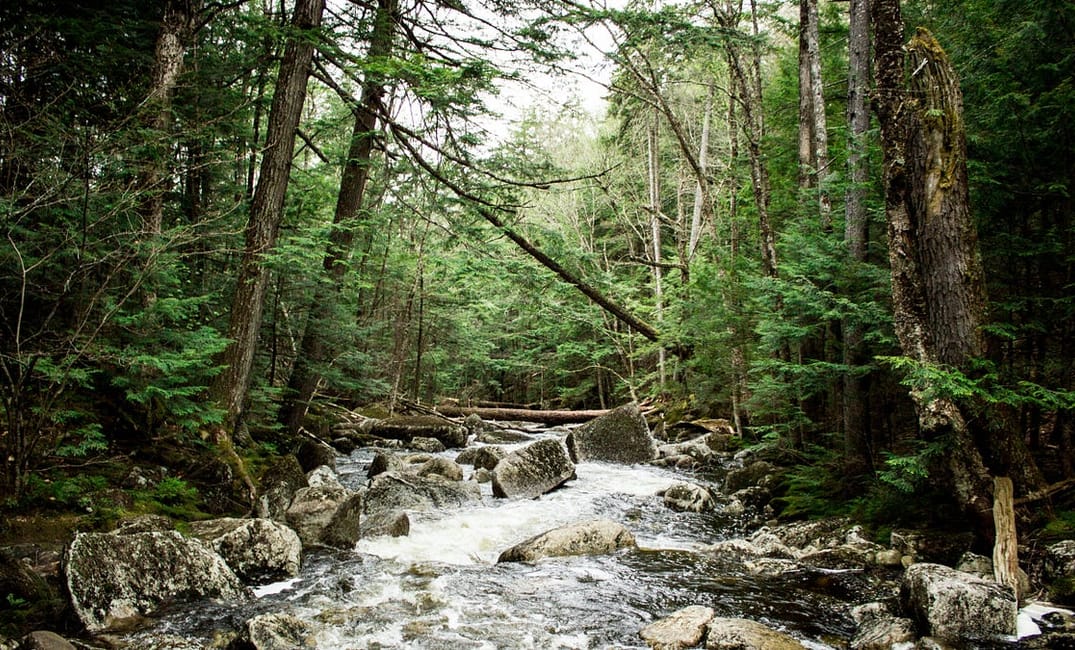FRIDAY FIVE

Henry David Thoreau once wrote in his diary, “I love to see clear crystalline water flowing out of a swamp over white sand and decayed wood, spring-like.” Yeah, bro, don’t we all? While Thoreau was likely talking about Walden Pond in Massachusetts, if it had been a little easier at the time to visit San Francisco, he might have said the same about the City by the Bay.
Waterways aren’t synonymous with San Francisco—hills are—but once upon a time, this city was filled with moving ponds, creeks, rivers, and streams. Local Joel Pomerantz has been conducting tours of San Francisco’s hidden waterways for several years now, and it’s mind-boggling to think that there is still a waterworld going on under the city. However, if you don’t have time to go on an official tour, here are some natural waterways you should know about.
1. Islais Creek
Way before San Francisco was a city, Islais Creek was thriving—in fact, it appeared on some of the first maps of the area, dating back to the 18th century. By 1850, water from the creek was used to irrigate crops. However, once the Gold Rush happened, a railroad trestle was built over it, marking the beginning of the end for the natural waterway. In 1871, the area along the creek was home to more than 100 slaughterhouses, which is when the condition of the creek started to deteriorate. San Franciscans called it “Shit Creek” — and we don’t have to explain why. After the 1906 earthquake, city officials decided to add more waste to it in the form of debris. Its condition started to improve in the 1970s, thanks to community efforts and a water-treatment plant.
Today, much of is covered, transformed into a culvert. But its beginnings can be seen trickling through Glen Canyon Park, while a more significant section empties into the Bay and can be viewed next to Cargo Way and 3rd Street.
Glen Canyon Park | sfrecpark.org and Islais Creek Park | sfparksalliance.org
2. Pine Lake
Located within Stern Grove, Pine Lake is a favorite of dog walkers and birdwatchers. The area has a rich cultural history as part of the ranch that now makes up Stern Grove. When the Green family moved from Maine to San Francisco in 1847, they purchased the lake and its surrounding area. Years later, it was purchased by the city, where it now plays host to the Stern Grove Festival, a series of popular summer concerts.
Today, Pine Lake is one of the last natural lakes in the city. The lake is fed by an underground spring and is surrounded by willows, tules, and aquatic plants, offering a thriving ecosystem that is home to a lively population of hummingbirds, turtles, and coyotes. As part of the Pacific Flyway, it’s also a pit stop for migratory birds. If you’re looking for a great spot to get those Thoreauvian vibes on in the city, look no further.
Pine Lake Park | sfrecpark.org

3. Mountain Lake
Nestled within the Presidio is another one of the city’s last three natural lakes: Mountain Lake. Once home to the Ohlone Indians, it was here that captain Juan Bautista de Anza — whose name now graces the trail that winds its way to the lake — and his team made their home for two days in 1776, paving the way for what would become the Presidio military complex.
The lake was also once a popular place for locals to release their unwanted pets, ranging from turtles to goldfish to sturgeon to alligators(!). While that isn’t encouraged these days because of the havoc these invasive species wreak on the delicate ecosystem, visitors are encouraged to learn more about the rare plants and wildlife that make their home in this crown jewel of the Presidio, including the Western pond turtle and the Pacific chorus frog.
Mountain Lake | presidio.gov
4. U.N. Plaza Fountain
This hidden waterway is not as obvious as Mountain Lake or Pine Lake, but today, it’s one of the only places in the city where you can see what’s left of the springs that have been buried. According to Grist, the city of San Francisco built the U.N. Plaza Fountain in 1975 to celebrate the anniversary of the United Nations. During construction, workers came across an unexpected surprise—an underground spring. Instead of moving forward with their original plans, they hooked the system up to the spring. So yeah, that is fresh water.
U.N. Plaza Fountain |artandarchitecture-sf.com

5. The Creek in the Armory Basement
When you think of the San Francisco Armory, porn and a creek probably come to mind (even though Kink.com no longer owns the building). Strange, we agree, but anyone who has been to the Armory knows that there is a mysterious creek that lies below the building’s basement. So what’s the deal? Pomerantz explains on his website that the water is actually groundwater that used to flow into Mission Creek, itself now mostly covered by concrete streets. “Think of it like this: The area of the Armory from Valencia to Folsom was a wet marsh more than a creek, until lots of added fill dirt for building the city hemmed it in,” he said. “The entire area within a block of the Armory is so saturated with groundwater that any basement this deep would have water flowing into it.”
Armory Creek | thinkwalks.org







